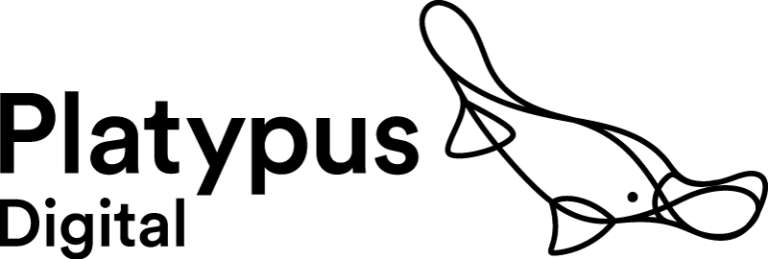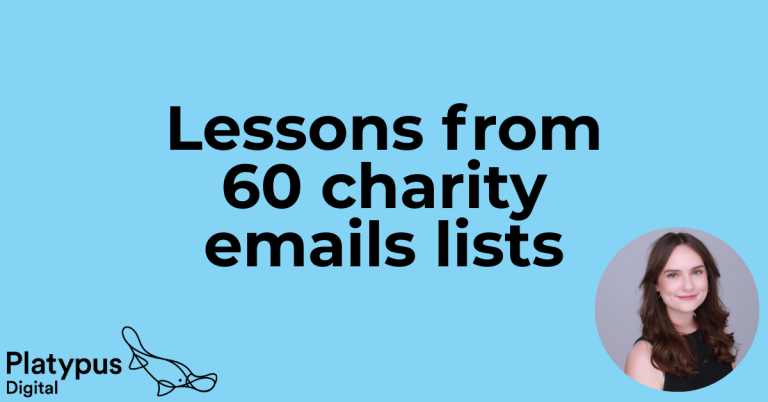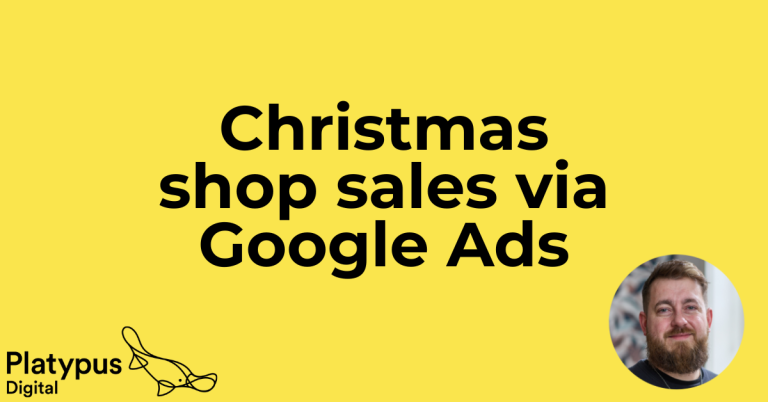Not everyone has time to learn about SEO in depth. Sometimes you just need a simple way to incorporate SEO best practices into your day-to-day role.
Our on-page optimisation checklist is here to help you do just that.
It’s easy to use. It’ll bring SEO into your content process. You can share it with your team to get them on board.
Why an On-Page Checklist Matters
Picture this.
You’ve crafted a brilliant piece of content. It’s informative, engaging – a true masterpiece.
You push it live on your website expecting big things.
But after a few weeks, the page isn’t getting the attention you thought it would. Traffic is low to non-existent.
Frustrating? Yes. Avoidable? Yes.
That’s where your on-page checklist comes into play.
It’s your secret sauce for making your content discoverable and making sure the right people see it. It covers everything you need to create great content.
(Pro tip: create “great content”, not “SEO content”. Quality content leads to quality traffic, not gaming SEO. So make pages which provide useful information, and help people take action on your site.)
How to use the checklist
Every item on our checklist is an important factor in creating great, high performing content.
You and your team can use it for two things:
- Creating new content. The checklist will make sure your new blog posts or informational content has a clear purpose, and give it the best chance possible to rank well for your target keywords.
- Optimising existing content. If you have content on your site that isn’t quite performing as well as you think it should, the checklist can help. Assess your current page against the checklist to make sure you’ve done everything you can to allow your content to shine.
What does the checklist include?
Our checklist contains guidance and suggestions for each of the following on-page considerations:
- Meta title optimisation: The first impression counts. Craft a compelling title that includes your primary keyword and accurately reflects what your page is about.
- Meta description optimisation: This is your content’s elevator pitch. Write a concise, engaging description that entices readers to click on your page over others in search results.
- H1 Tag optimisation: The H1 tag is like your content’s headline. Make it clear, concise, and keyword-rich, setting the tone for what’s to come.
- Primary keyword targeting: Your content should always have a purpose. Making sure you keep your primary target keywords in mind helps keep you focused.
- Secondary keyword targeting: Use secondary keywords that improve your content’s relevance and usefulness.
- Subheadings to consider: Break down your content into bite-sized chunks with clear subheadings. This improves readability and creates more opportunities for keyword placement.
- Internal linking opportunities: Identify relevant content from your website, and link to and from it to guide your readers through a seamless journey. It also helps search engines discover your content.
- Image usage suggestions: A picture is worth a thousand words – optimising images can really help user experience.
- URL structure considerations: Keep it clean and concise. Craft URLs that accurately reflect your content’s topic and include your primary keyword.
Who Benefits from the On-Page Checklist?
This checklist is a useful reference for anyone who creates and manages content, from digital marketing newbies to seasoned content creators
If you write the content from scratch, this checklist can help kick off your ideas and keep you on the right track.
If you review and sign off content from others, use the checklist to assess a page before publishing it. You’ll feel confident that you and your team have done everything you can to make sure the new page performs as well as it can.
If you’re a head of digital who wants your wider team to know more about SEO, download the checklist and show them how it helps them create great content.





